In pictures: Digging for history in north east Wales
- Published
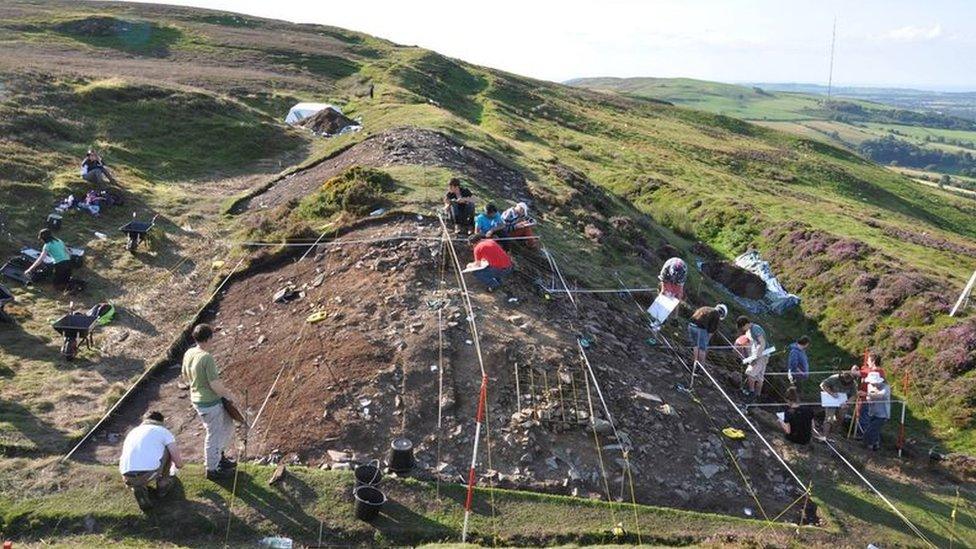
The hills of north east Wales have long been known for their archaeological importance. However, 2012 has been described as an exceptional year, with a particularly high number of excavations taking place.
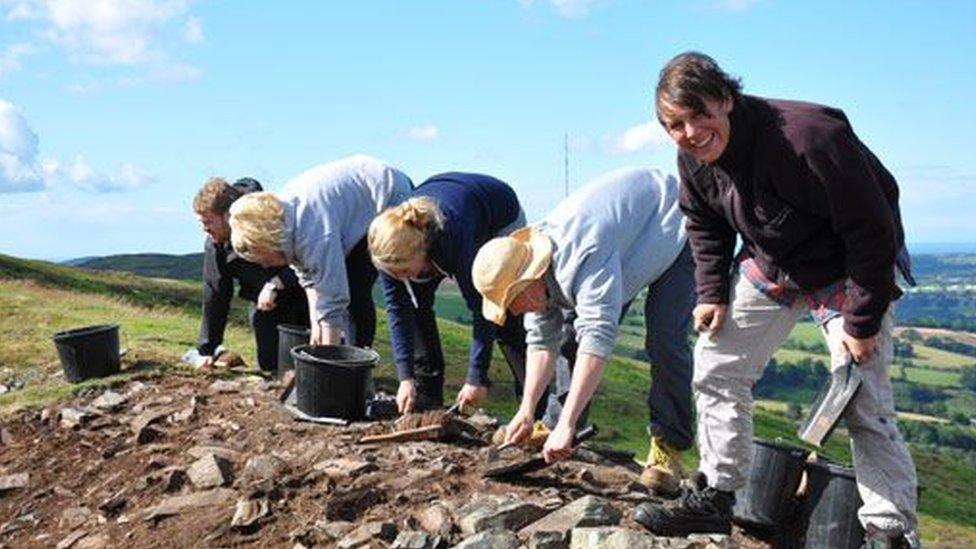
Four universities have been involved in excavations across the region. They include students and lecturers from Liverpool University who have been working at Penycloddiau, an Iron Age hill fort near Denbigh which dates from between 800 BC and the First Century AD. Students are trying to gain a better understanding of the hill fort's's development.
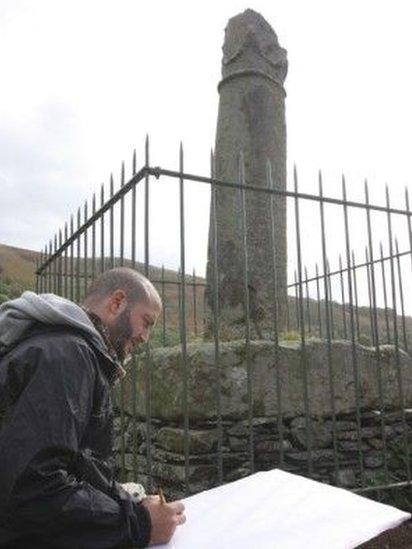
Students from Bangor and Chester Universities, helped by volunteers and Llangollen Museum staff, have excavated part of the site of the 9th Century Eliseg's Pillar. Research shows the pillar sits on a Bronze Age burial mound which is possibly 4,000 years old.
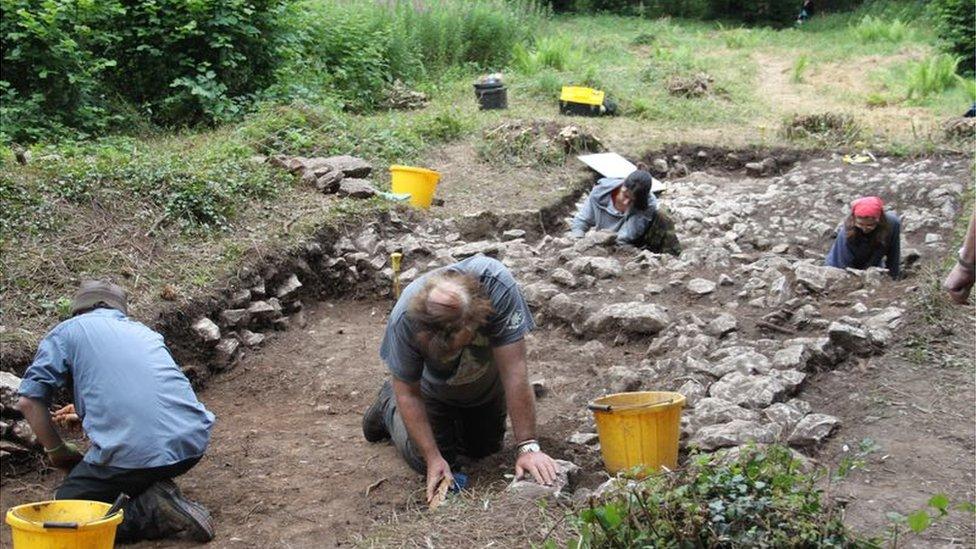
Hen Caerwys is a deserted medieval village in a small woodland near Caerwys, Flintshire. It was first examined in the 1950s and 60s and the remains of a house were found. Recently, Cadw and the Clwyd Powys Archaeological Trust have been running a community excavation and volunteers examined two of the houses and a large enclosure, which is possibly a field.

Archaeologists from Oxford University, and volunteers, began examining Moel y Gaer, an Iron Age hillfort in the Clwydian Range. In summer 2012, excavations began on the site of a possible house, and it is hoped the floor of the property will be seen this summer.
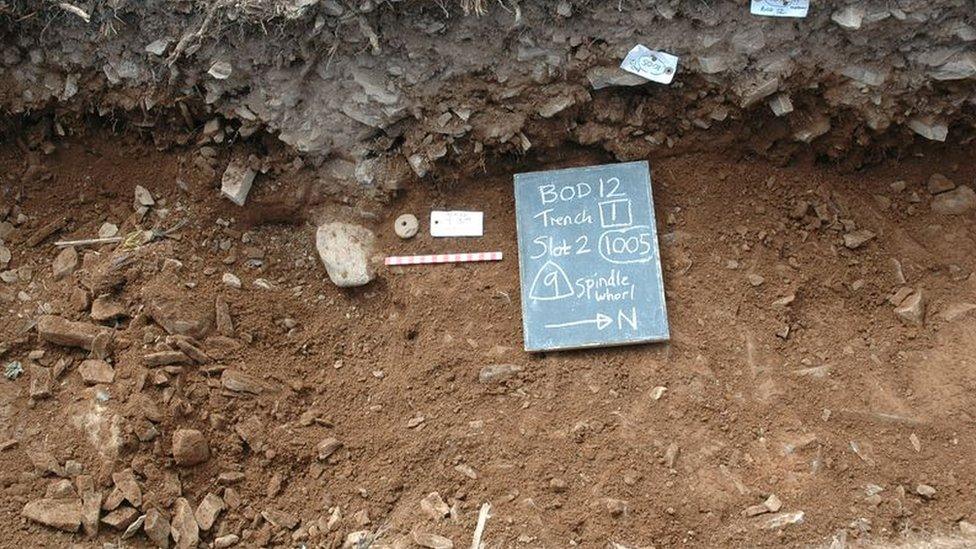
A stone spindle whorl or loom weight (stone with a hole in it) was found at the site.
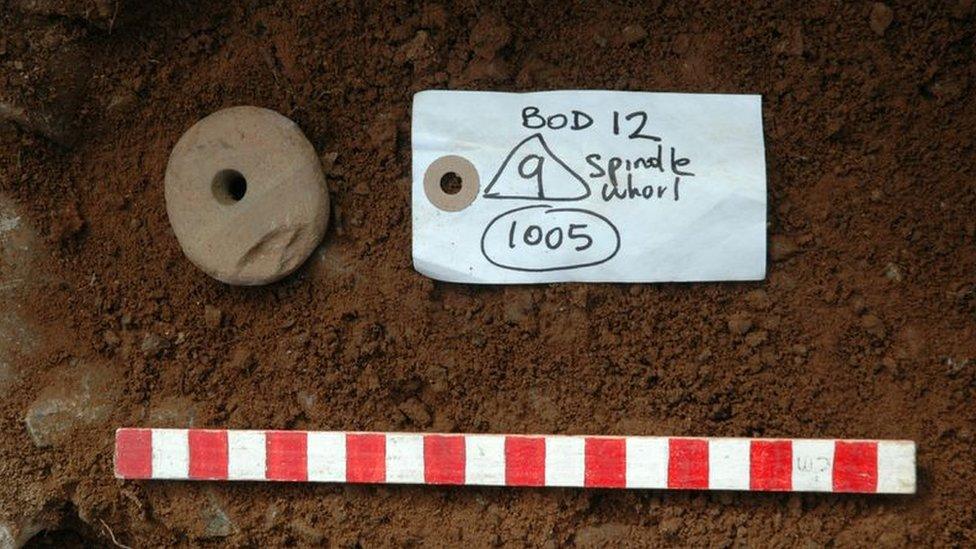
Experts believe it shows the people living at Moel y Gaer were rearing sheep and using their fleeces to spin and weave clothes.
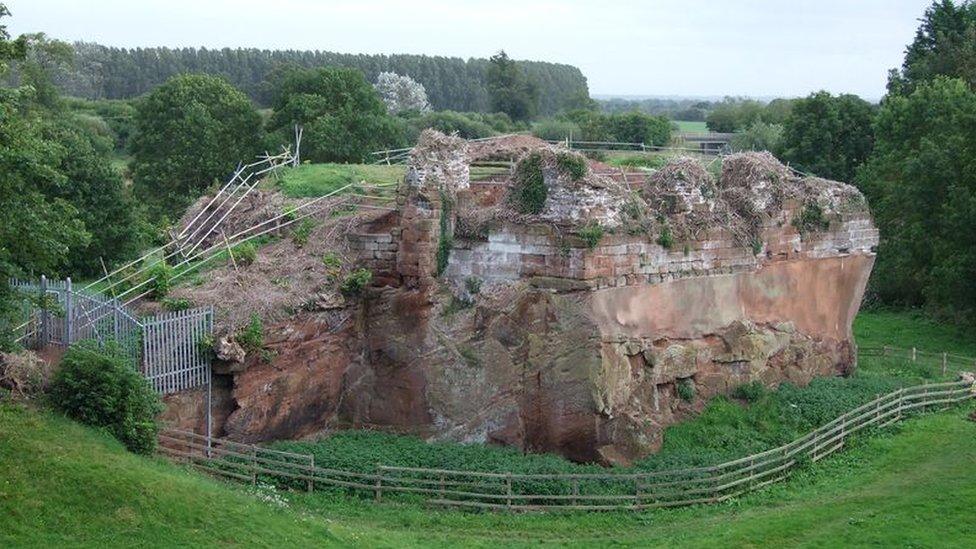
Holt Castle was built by John de Warren on the orders of Edward I in 1282. Much of the stonework was taken and used to build Eaton Hall on the outskirts of Chester. The surviving remains are difficult to understand and excavations have taken place, led by Wrexham council, to try and better understand what does survive.

Fiona Gale, County Archaeologist for Denbighshire, said: "There have been so many archaeological excavations taking place in the area over the last year, the spotlight really shone on north east Wales."